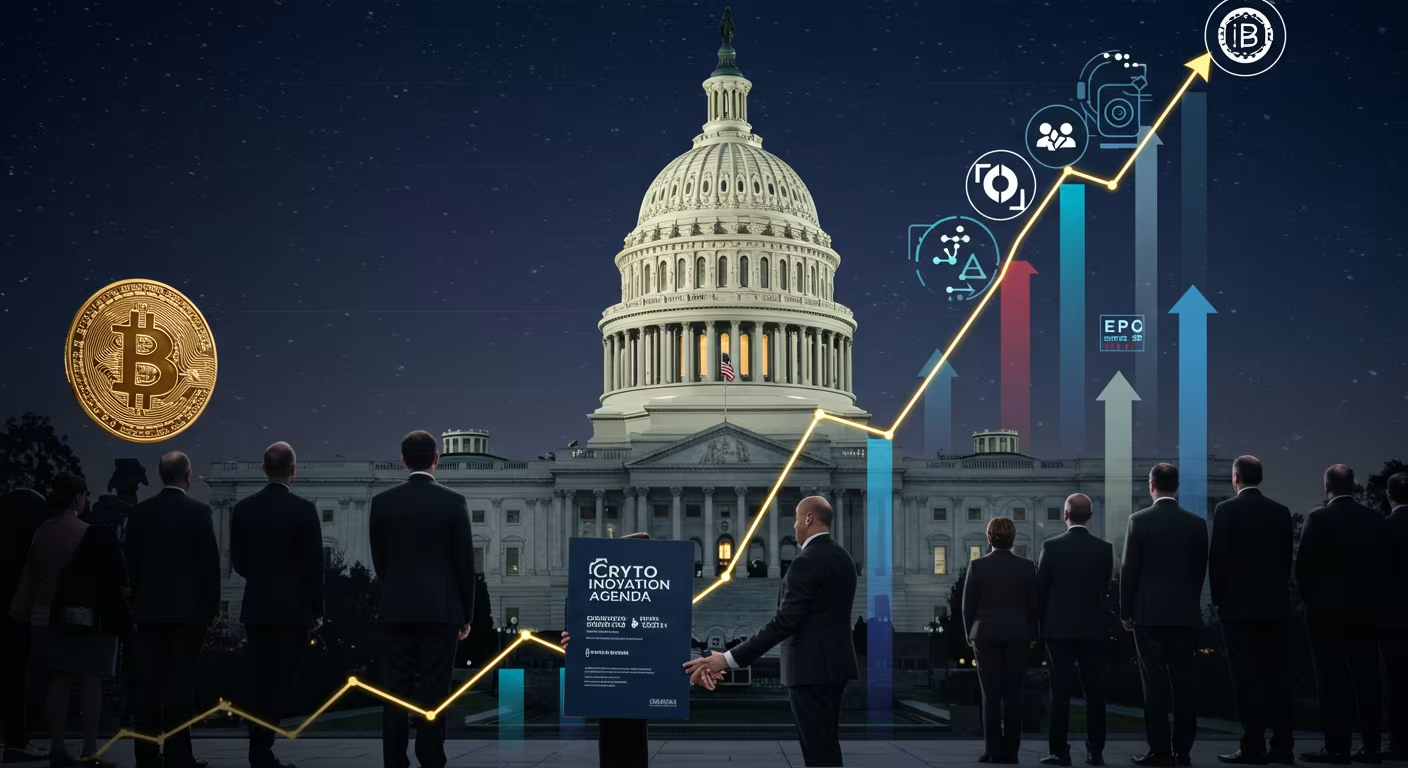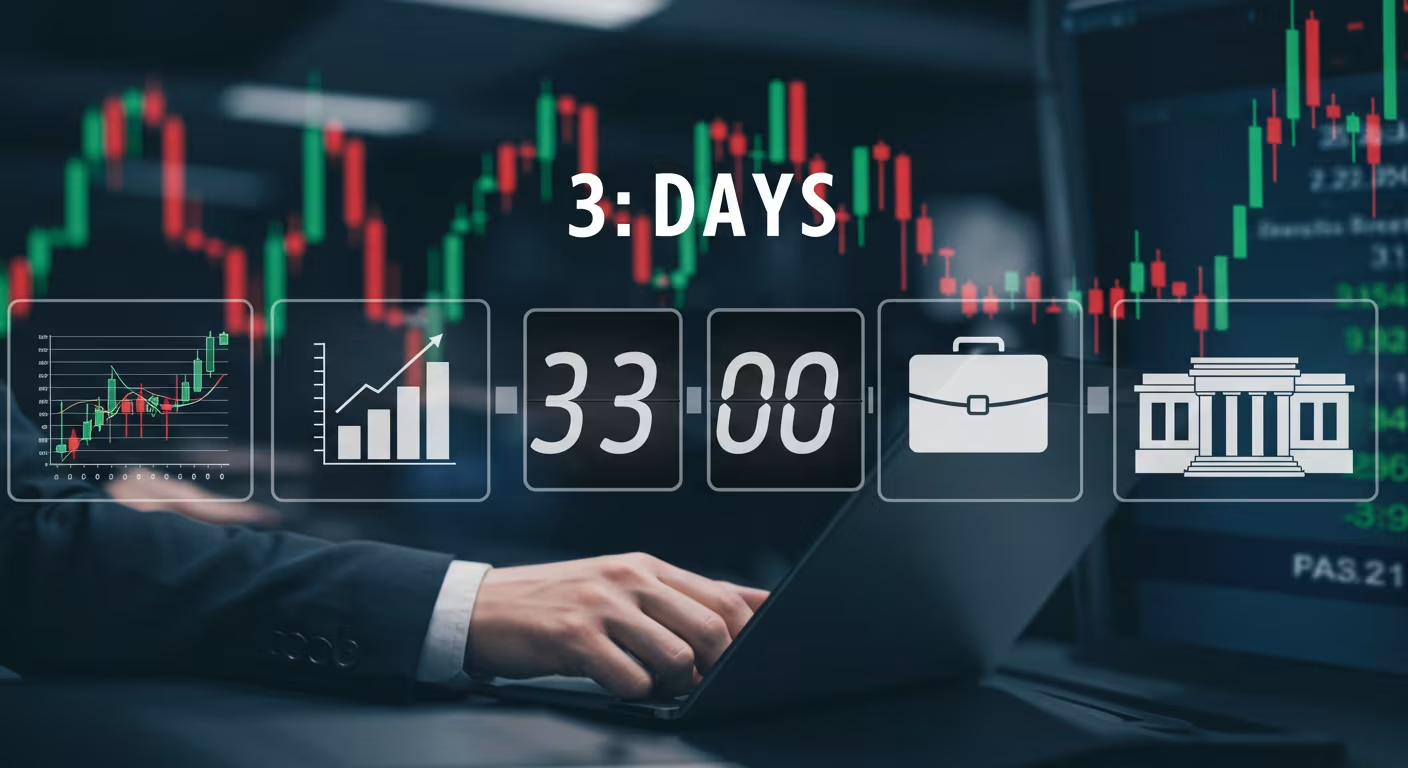The U.S. dollar, long regarded as the world’s most powerful currency, has endured a bruising start to the year. In what analysts are calling a historic downturn, the dollar posted its worst first-half performance since the era of President Richard Nixon in the early 1970s. The decline has sent ripples across global markets, raising questions about the future of the greenback’s dominance and highlighting the growing impact of shifting economic dynamics.
For decades, the dollar has stood as the undisputed global reserve currency, trusted by investors and governments alike. Its latest performance, however, reveals cracks in the foundation of this dominance, driven by a complex mix of monetary policy shifts, geopolitical tensions, and investor rebalancing.
A Historic Context: Nixon and the Dollar
The comparison to the Nixon era is more than symbolic. In 1971, President Richard Nixon ended the dollar’s direct convertibility to gold, dismantling the Bretton Woods system and setting the stage for today’s fiat-based monetary system. That period marked one of the most significant upheavals in currency history, sparking volatility and reshaping global finance.
To see the dollar experiencing its worst first-half performance since those turbulent years underscores the severity of its current slump. While the dollar remains a cornerstone of the global economy, the magnitude of the decline has reignited debates over whether its status as the unrivaled reserve currency may eventually face serious challenges.
Why the Dollar Is Falling
Several factors have converged to weaken the dollar in the first half of the year:
- Federal Reserve Policy Shifts – After a prolonged cycle of rate hikes aimed at taming inflation, the Federal Reserve signaled a more dovish stance. Expectations of rate cuts reduced the dollar’s yield advantage, making other currencies more attractive.
- Global Economic Rebalancing – With growth accelerating in parts of Asia and Europe, capital has flowed into emerging markets and alternative assets, diversifying away from the dollar.
- Geopolitical Tensions – Trade realignments, U.S.-China frictions, and moves by countries to conduct more transactions in local currencies have chipped away at the dollar’s dominance.
- Commodity Markets – Rising prices of oil and gold, typically denominated in dollars, have pressured the greenback further as commodity-exporting nations strengthen their own currencies.
Impact on Global Markets
The dollar’s weakness has far-reaching consequences. For U.S. exporters, a weaker dollar provides a competitive edge, making American goods cheaper abroad. Multinational corporations with significant overseas revenue often benefit as profits earned in foreign currencies translate into more dollars.
On the flip side, U.S. consumers and importers face higher costs for goods sourced overseas, adding to inflationary pressures. For global investors, the dollar’s decline has sparked rallies in rival currencies, with the euro, yen, and several emerging market currencies gaining ground. Commodity markets, particularly gold, have also surged as investors seek hedges against currency volatility.
Is De-Dollarization Accelerating?
The dollar’s slump has renewed discussion about de-dollarization—the gradual shift by countries to reduce reliance on the U.S. currency in trade and finance. China, Russia, and several emerging economies have accelerated efforts to settle trade in local currencies or alternative systems.
While the dollar still accounts for the vast majority of global reserves and transactions, the pace of diversification is picking up. Analysts caution that the decline does not mean the dollar’s dominance is ending anytime soon, but it does highlight vulnerabilities that were once unthinkable.
Investor Strategies Amid Dollar Weakness
For investors, the dollar’s downturn presents both risks and opportunities. Asset managers have been reallocating into foreign equities and bonds, betting on stronger performance in markets buoyed by local currency strength. Commodities, particularly gold, have gained renewed attention as hedges against dollar volatility.
Hedge funds, meanwhile, have increasingly shorted the dollar, amplifying its decline. Some analysts argue the currency could rebound if the Federal Reserve shifts back to a hawkish stance or if global economic momentum slows. Others believe structural factors, such as rising U.S. debt levels and global diversification efforts, will keep the dollar under pressure for longer.
Lessons from History
Looking back to the Nixon era offers important lessons. Currency power is not immutable. The end of the gold standard forced the U.S. to adapt, and today’s dollar faces another moment of reckoning. However, history also shows the resilience of the greenback, which weathered inflation crises, recessions, and financial shocks while maintaining its role as the bedrock of global trade and finance.
The current downturn may be severe, but it does not necessarily signal the end of dollar supremacy. Instead, it could serve as a wake-up call for policymakers to address fiscal imbalances, strengthen monetary credibility, and ensure the U.S. remains a stable anchor in a rapidly changing global economy.
The Road Ahead
As the second half of the year unfolds, all eyes are on the Federal Reserve’s next moves and the trajectory of global economic growth. If inflation stabilizes and U.S. interest rates remain attractive, the dollar could recover some lost ground. However, if global growth continues to broaden beyond the United States and geopolitical realignments persist, the greenback may face sustained headwinds.
For now, investors and policymakers alike are grappling with a reality not seen in over half a century: the U.S. dollar, while still dominant, is showing signs of vulnerability that harken back to Nixon’s transformative years.
The Bottom Line
The dollar’s worst first-half performance since Nixon’s presidency is more than a statistical milestone—it is a reflection of shifting tides in global finance. While the greenback remains unrivaled as the reserve currency, its sharp decline underscores the importance of diversification, disciplined policy, and global adaptation.
For investors, the message is clear: the age of assuming the dollar’s unquestioned supremacy is over. From here, vigilance and flexibility will be key as the world navigates a new era in currency dynamics.





